Presented by AMD
The new era of the supercomputer
Fueled by AMD’s Mi300A APUs, the El Capitan supercomputer could herald a seismic shift in computational capabilities and unlock a new wave of scientific research and development when it launches in 2024

A rapid shift toward the development of ever-faster supercomputers in recent years has, in part, been driven by the need to provide increasingly powerful compute to contend with vast volumes of data and accelerate innovation across a range of industries.
Analysis from the Market Research Future (MRFR) institute in May 2023 showed the global supercomputer market is expected to grow at a rate of 11.5% between 2023 and 2032. Across this period, the market is also projected to reach roughly $23.7 billion in value.
Governments globally, including the United States, China, and the United Kingdom have all signaled their ambition to develop ‘national supercomputers’ as an international race begins to take shape.
In the UK, for example, the government announced in November 2023 an initiative to drive AI and ‘exascale’ computing innovation.
The project will see £225 million ($283.2 million) invested in a joint project between HPE and the University of Bristol called Isambard-AI, which will be up to 10 times faster than the current UK record holder when it’s officially turned on.
This commitment builds on the government’s ambition to become a global supercomputing powerhouse and compete with the US and China in the supercomputing space.
READ MORE
US-based supercomputer investment has also been surging in recent years. In May 2023, the Biden administration announced more than $25 billion in funding to support development of ‘emerging technologies’, which included funding for quantum computing, AI innovation, and exascale computing capabilities.
$11.3 billion alone will be granted to the National Science Foundation (NSF) to construct a “Leadership-Class Computing Facility” (LCCF) to support science and engineering research that “requires the largest and most computationally intensive capabilities research infrastructure at NSF”.
While the country has long held the position as a global leader in this regard, hosting more than 160 machines, 2022 saw the government unveil the AMD-powered ‘Frontier’ supercomputer, which officially secured the mantle of the world’s first ‘exascale’ machine.
This pioneering supercomputer, housed at the Department of Energy’s Oak Ridge National Laboratory in Tennessee, features 9,408 compute nodes, each of which houses a single 64-core AMD Trento CPU with 512GB of memory
Frontier recorded 1.102 ExaFlop/s during a sustained Linpack benchmark in 2022, making it the world’s fastest computer by a significant margin and overtaking the previous record holder, Japan’s Fugaku machine.
A key underlying factor behind this wave of supercomputer investment and development has been to provide next-generation computing power to speed up scientific research, secure breakthroughs in medical science and, according to AMD, “address the world’s toughest challenges” such as climate change.
The emergence of generative AI in the last 18 months has also elevated calls for greater computing power, with the UK Isambard project specifically aimed at increasing the country’s AI and simulation compute capacity for “both fundamental research and industrial use”.
This supercomputer is expected to drive significant advancements in healthcare, climate modeling, and green fusion energy research, officials said at the launch announcement in November.
The next generation of supercomputing in Europe
With advancements in supercomputing capabilities continuing to surge, governments globally can’t afford to rest on their laurels, however. As in the US, efforts to drive innovation in this field are being ramped up in Europe.
The AMD-powered LUMI (Large Unified Modern Infrastructure) supercomputer, housed at the IT Center for Science in Kajaani, Finland, is among the leading machines currently operating in the region.
LUMI was initially deployed in two stages across 2021 and 2022 and officially launched in January 2023. Benchmarking ranked the machine as Europe’s fastest supercomputer in mid-2023, as well as one of the world’s most energy efficient.
Performance metrics outlined by TOP500, a benchmarking framework for supercomputing, showed LUMI recorded a 380 petaflops performance rate, equivalent to around 1.5 million modern laptops.
What powers LUMI?
LUMI was built using HPE hardware, and underpinned by next-generation AMD Instinct MI250X GPUs.
First launched in 2021, MI250X GPUs are composed of two dedicated compute dies, each of which boasts 110 compute units and 64 stream processors to provide a total of 14080 stream processors.
These powerful GPUs offer a total of 128GB of HBM2e memory, which all told, offers over 3.2TB of memory bandwidth. According to AMD figures, a single MI250X GPU is capable of delivering 42.2 teraflops of performance in HPL benchmarks.
In addition to the use of MI250X GPUs, LUMI also leverages CPU-only cores using 64-core, third generation AMD EPYC CPUs, providing between 265GB and 1024GB of memory.
Continued European supercomputing support
Elsewhere in Europe, AMD is also driving supercomputing capabilities through its partnership with the University of Stuttgart to support the HLRS High Performance Computing Center.
The ‘Hunter’ exascale computer, first unveiled in December 2023 and expected to be operational by 2025, will replace the HLRS’ current flagship supercomputer, ‘Hawk’.
Hunter will be based on the AMD Instinct MI300A accelerated processing unit (APU). Once operational, the machine will raise HLRS’ peak performance to 39 petaflops, officials revealed last year, marking a significant increase from the 26 petaflop performance rate of Hawk.
MI300A APUs are “built from the ground up”
AMD Instinct APUs form a core part of the company’s current and future supercomputing capabilities, with the MI300A APU range also used in the El Capitan supercomputer in the US.
Currently in development, when El Capitan comes online it will be the world’s most powerful supercomputer and boast an impressive processing rate of more than two exaflops per second. By comparison, Frontier records a 1.1 exaflops performance rate.
The MI300A range, AMD says, is “built from the ground up” to overcome traditional challenges that GPUs present, such as performance bottlenecks due to the narrow interfaces between CPUs and GPUs.
Instinct MI300A APUs also address other key challenges, such as inhibitive programming overheads for managing data, and the need to refactor code for each next GPU generation.
RELATED WHITEPAPER

According to AMD, “Instinct Mi300A is built to accelerate the convergence of HPC and AI applications at scale. To meet the increasing demands of AI applications, the APU is optimized for widely used data types including FP64, FP32, FP16, BF16, TF32, FP8, and INT8, including native hardware sparsity support for efficiently gathering data from sparse matrices.”
This optimization delivers significant power efficiency advantages, AMD says, and can save both power and compute cycles while helping to reduce memory use.
“By integrating ‘Zen 4’ CPU cores and GPU accelerators, you can achieve high efficiency by eliminating time consuming data copy operations, transparently managing CPU and GPU caches, offloading tasks easily between GPU and CPU, and efficient synchronization, all supported by the AMD ROCm™ 6 open software platform.”
Fueled by AMD’s Mi300A APUs, El Capitan could herald a significant shift in computational capabilities and unlock a new wave of scientific research and development. The machine is expected to launch officially in 2024.
Sign up today and you will receive a free copy of our Future Focus 2025 report - the leading guidance on AI, cybersecurity and other IT challenges as per 700+ senior executives
ITPro is a global business technology website providing the latest news, analysis, and business insight for IT decision-makers. Whether it's cyber security, cloud computing, IT infrastructure, or business strategy, we aim to equip leaders with the data they need to make informed IT investments.
For regular updates delivered to your inbox and social feeds, be sure to sign up to our daily newsletter and follow on us LinkedIn and Twitter.
-
 What businesses need to know about data sovereignty
What businesses need to know about data sovereigntyWithout a firm strategy for data sovereignty, businesses put their data and reputations at risk
-
 Anthropic says MCP will stay 'open, neutral, and community-driven' after donating project to Linux Foundation
Anthropic says MCP will stay 'open, neutral, and community-driven' after donating project to Linux FoundationNews The AIFF aims to standardize agentic AI development and create an open ecosystem for developers
-
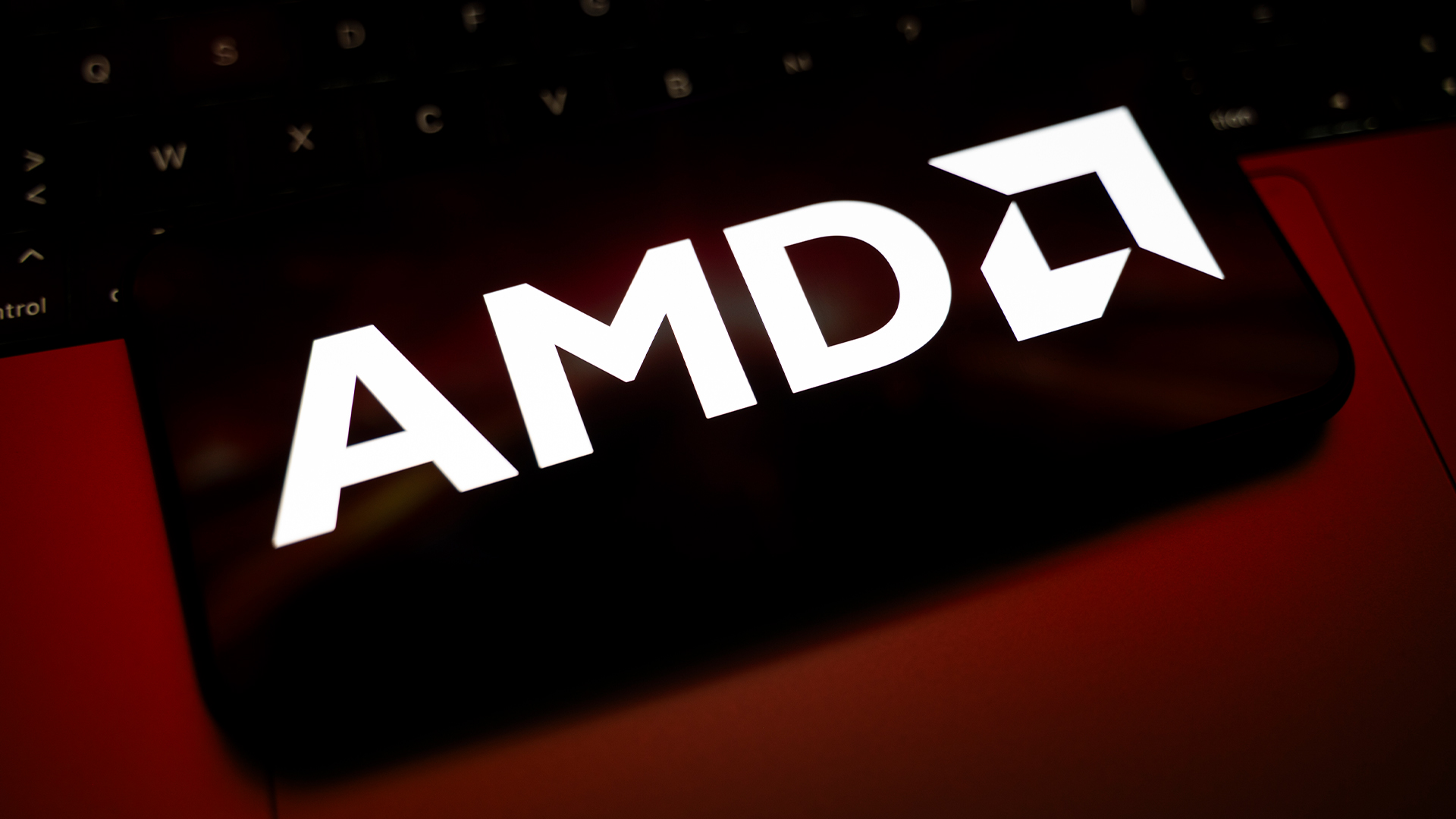 France is getting its first exascale supercomputer – and it's named after an early French AI pioneer
France is getting its first exascale supercomputer – and it's named after an early French AI pioneerNews The Alice Recoque system will be be France’s first, and Europe’s second, exascale supercomputer
-
 US Department of Energy’s supercomputer shopping spree continues with Solstice and Equinox
US Department of Energy’s supercomputer shopping spree continues with Solstice and EquinoxNews The new supercomputers will use Oracle and Nvidia hardware and reside at Argonne National Laboratory
-
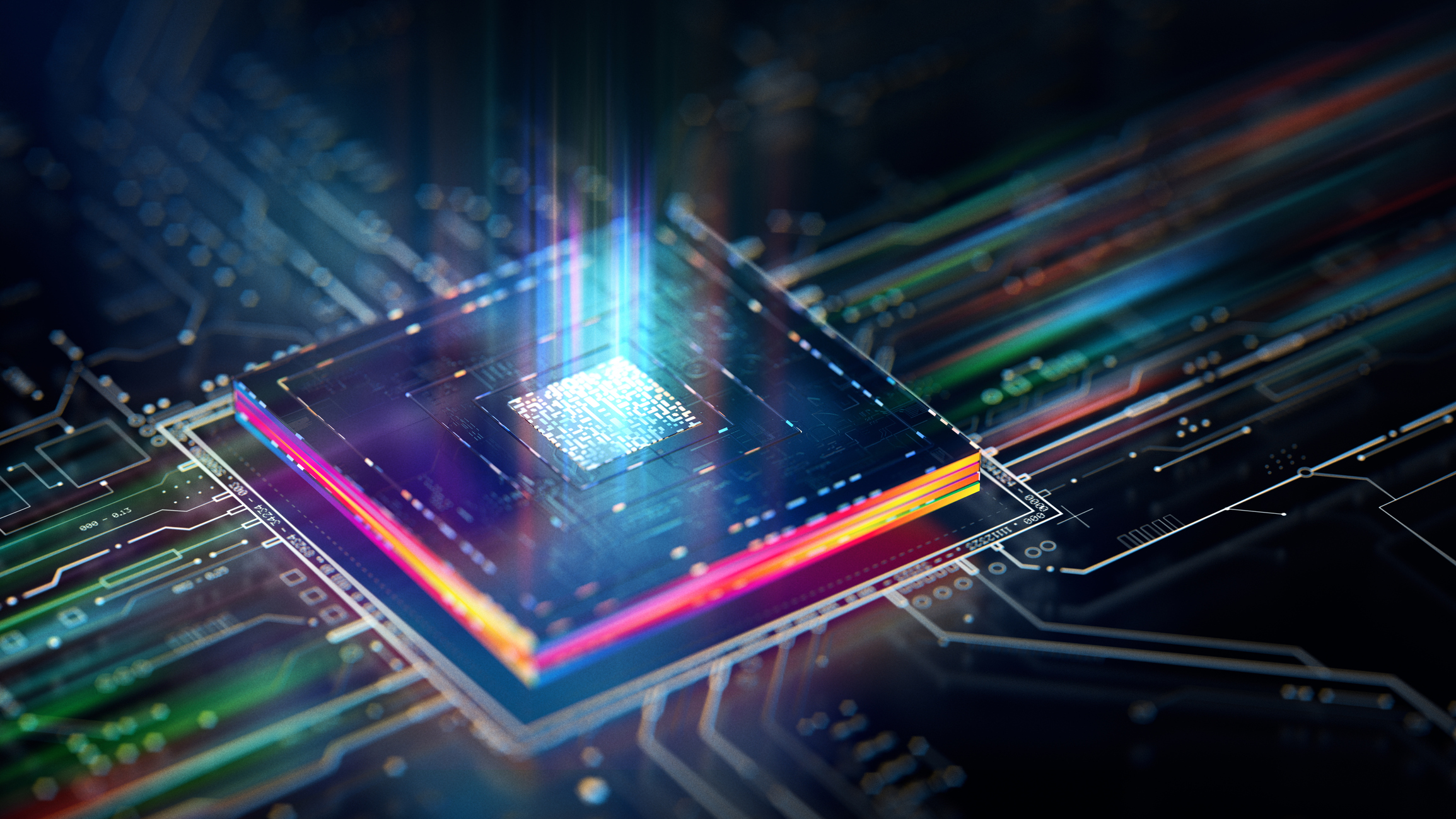 The role of the CPU in the AI era
The role of the CPU in the AI eraSupported The backbone of enterprise AI, CPUs are the unsung heroes of inference
-
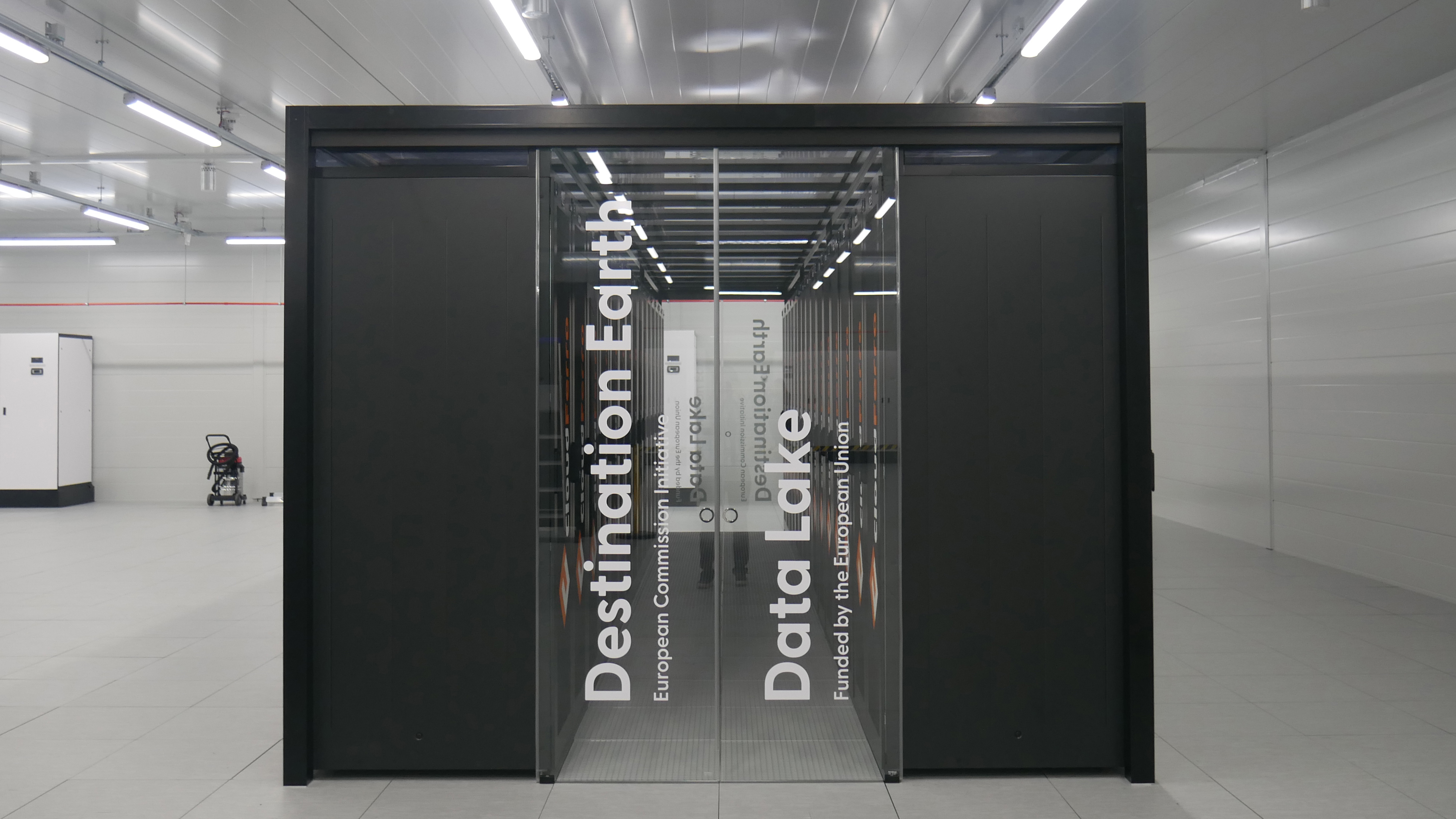 Supercomputing in the real world
Supercomputing in the real worldSupported From identifying diseases more accurately to simulating climate change and nuclear arsenals, supercomputers are pushing the boundaries of what we thought possible
-
 Discover the six superpowers of Dell PowerEdge servers
Discover the six superpowers of Dell PowerEdge serverswhitepaper Transforming your data center into a generator for hero-sized innovations and ideas.
-
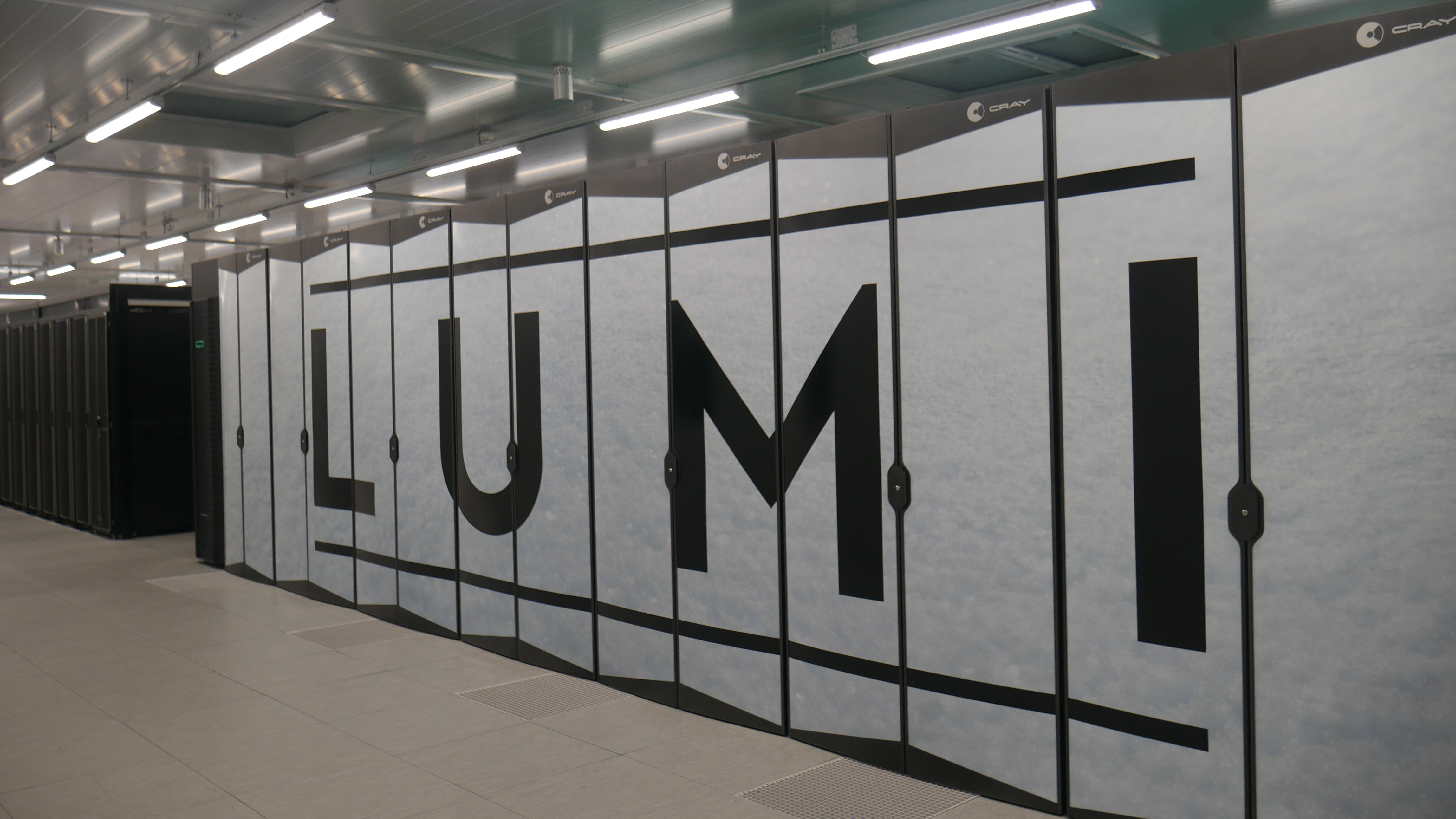 Inside Lumi, one of the world’s greenest supercomputers
Inside Lumi, one of the world’s greenest supercomputersLong read Located less than 200 miles from the Arctic Circle, Europe’s fastest supercomputer gives a glimpse of how we can balance high-intensity workloads and AI with sustainability
-
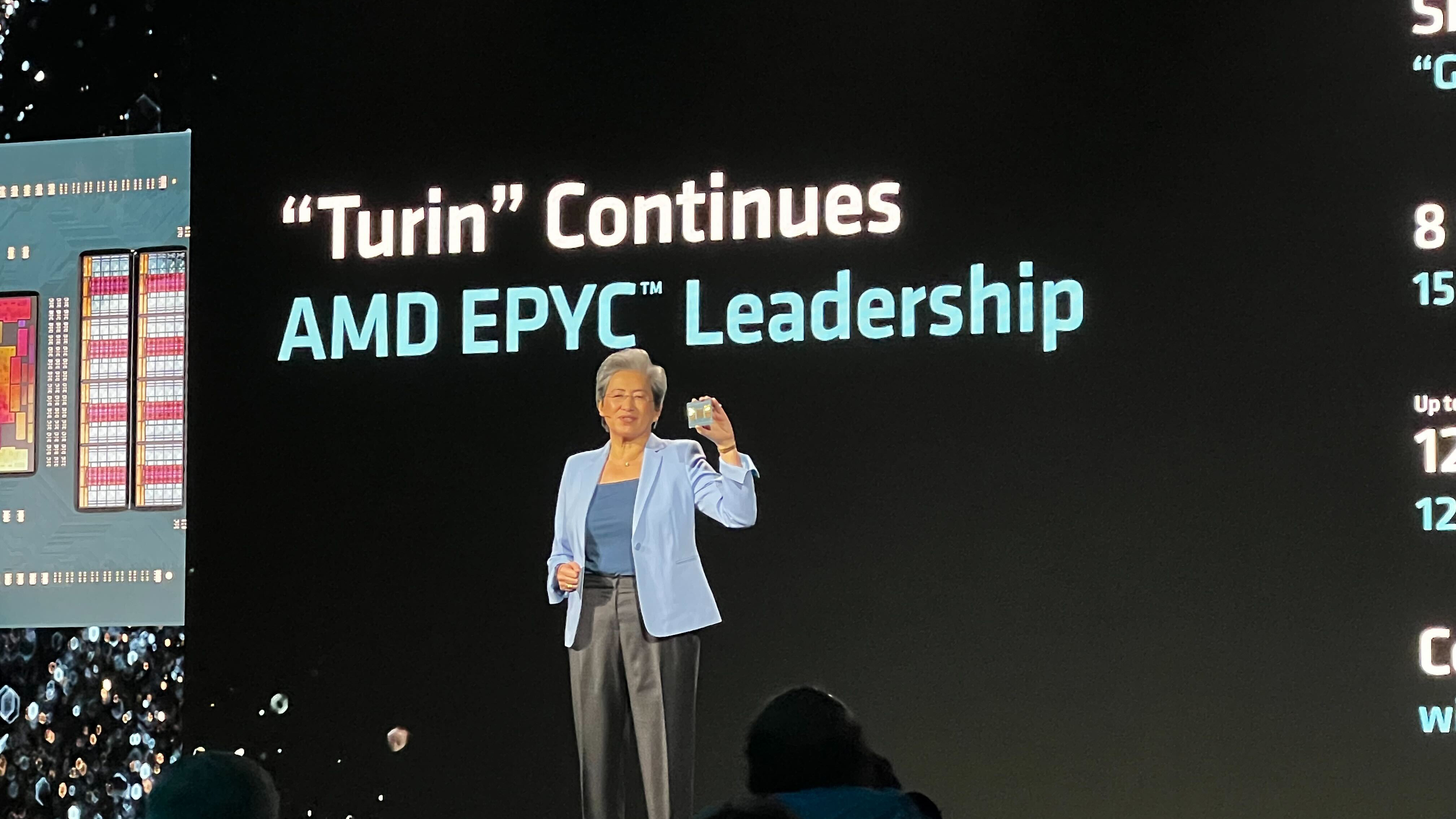 AMD eyes networking efficiency gains in bid to streamline AI data center operations
AMD eyes networking efficiency gains in bid to streamline AI data center operationsNews The chip maker will match surging AI workload demands with sweeping bandwidth and infrastructure improvements
-
 How can IT teams best deliver value?
How can IT teams best deliver value?whitepaper How can IT teams best deliver value?

